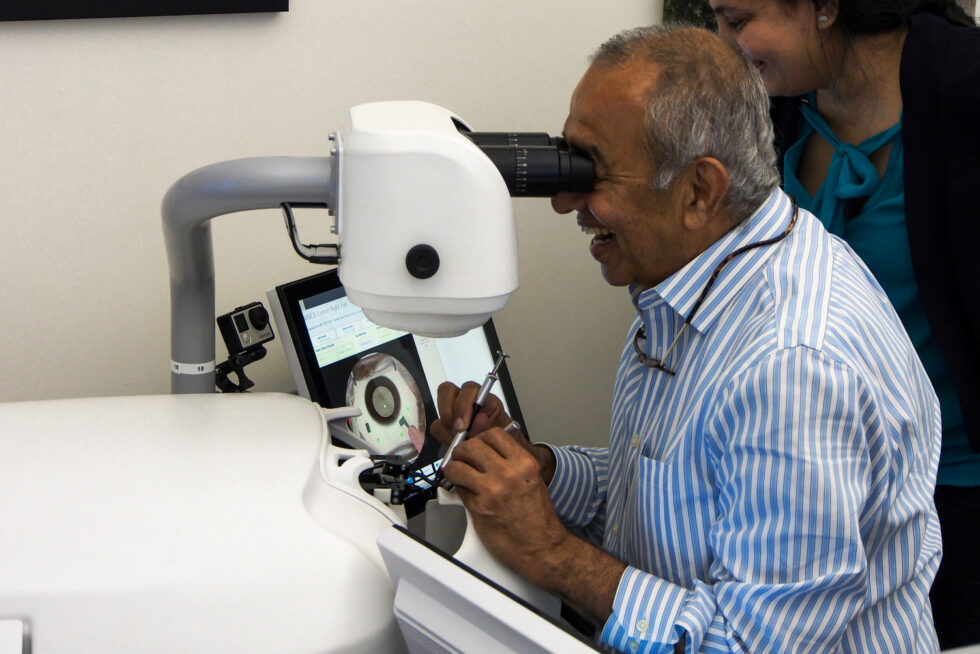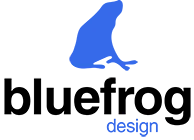Designing MedTech Devices for an Enhanced User Experience

As product development consultants we frequently contemplate the challenges encountered in the field of MedTech. Unlike consumer goods, the development of medical technology devices must comply with regulations whilst also striving to create devices that’re not only safe but also resonate with their users. It requires an understanding of end users – their habits, obstacles and the contexts in which medical devices come into play.
Table of Contents
Creating devices requires more than technical expertise; it involves combining industrial design principles with solid evidence and insights from human factors engineering. Our goal is to deliver products that are not intuitive but also deeply attuned to the practical and emotional needs of users.
Human factors engineering plays a role in our design process as it ensures that our creations meet regulatory standards. However our design process goes beyond compliance; we aspire to develop products that people choose to use because they want to, rather than using them out of necessity. This subtle distinction often separates a product from one that leaves an impact.
Design Thinking; Fueling User Friendly Medical Devices
When it comes to creating devices we must adhere to regulations to ensure safety and functionality. We must deeply understand the needs of the people who will use our devices. What are their requirements? What obstacles do they face? How can we enhance their experience? This is where design thinking comes in. It involves a cycle of learning about our users generating ideas, building prototypes and testing them for effectiveness.
We have discovered that receiving feedback becomes more valuable when users can physically interact with a prototype. This holds significance for medical devices as there are no existing benchmarks, for comparison. Sometimes feedback reveals issues that we hadn’t considered before. However addressing these problems can greatly enhance the usability of the device.
Naturally we cannot continuously make alterations indefinitely. Our goal is to create a product that benefits as many individuals as possible while avoiding excessive risks. Even after our clients begin selling a device we continue to gather insights from users to improve iterations.
Achieving Market Success through User Feedback and Exceptional Design
As a medical device design company we know there are numerous factors to consider when developing a product. It’s not, about creating something that functions and is safe – although those are crucial aspects checked through usability tests and technical evaluations. Determining if we have truly achieved an effective design is not always straightforward. Each user will have their perspective based on their expectations and needs.
The true test lies in how the product performs in the real world once it hits the market. However medical device manufacturers don’t simply release products without consideration. They constantly seek user feedback, apply industrial design principles and trust their instincts throughout the development process. To determine if it will meet the needs of its intended audience, this approach allows you to gauge its effectiveness.
As consultants in product design, we also delve into users’ thoughts and emotions regarding everything. Their perspectives, how they perceive our brand through the design of our product. This type of research helps ensure that the design is not only aesthetically pleasing but also aligned with our brand.
Establishing a Consistent Visual Brand Language in Medical Technology Innovation
When launching a device as a medical startup the focus often lies on introducing the initial product to secure investments and start generating returns while aiming for improvements in future iterations. However it is essential not to overlook the brand identity and the lasting impression your first product will create. This initial interaction with your brand potentially paves the way for a lineup of products that can leave an impact on users.
At the concept design stage it is crucial to determine the core essence of your brand. Whether it embodies luxury and bespoke design or targets affordability and eco friendliness. These values play a role in shaping the product ecosystem, including packaging, instructions and even unboxing experiences.
The objective behind these design elements is to ensure a delightful user experience to what successful consumer brands achieve.The way a product is presented has an impact on how users perceive it. Factors such as the texture and visual appeal play a role in influencing their reactions. It’s essential to consider the design elements, features and materials that will elicit responses from your target audience. These decisions do not only enhance the attractiveness of your product but they also provide guidance for future designs ensuring consistency throughout your product range.
Enhancing Medical Technology Devices through Iterative Design and User Engagement
Creating a product in today’s market is not a straightforward process. It requires an approach involving prototyping, user testing and continuous redesign to prioritise the needs of users. By incorporating cutting edge design thinking, human factors engineering and industry leading design principles into this journey we can develop a product that’s not technically advanced but also highly desired by its users. Through this process our aim is to create a product that combines excellence with consumer demand – transforming it from merely functional to a market success story. This development phase holds potential – starting from the spark of market research, to the creation of tangible prototypes. However understanding your user is a journey that extends beyond prototyping.
It’s a conversation, a chain of insights that often become apparent when users engage with a tangible version of your product. Watching these interactions is akin to looking in the mirror at your design uncovering what genuinely succeeds.
If you would like to see more on our services
If you would like to hear more on how we can improve the quality of your products or help with your product development, please contact Bluefrog Design at [email protected]
FAQ’s about Developing a Medical Device for the Med-Tech Sector
What is the difference between medical device and MedTech?
The term “medical device” refers to any instrument, apparatus, implement, machine, or related item used for medical purposes, such as diagnosis, prevention, monitoring, treatment, or alleviation of disease. “MedTech,” short for Medical Technology, encompasses a broader scope, including medical devices, IT systems, software, and procedures that contribute to healthcare delivery, diagnosis, treatment, and monitoring. MedTech integrates devices with cutting-edge technology to improve patient care.
How do you develop a medical device?
Developing a medical device involves several key steps: identifying a healthcare need, conceptualising the solution, and conducting extensive market research. It requires thorough design and engineering to create prototypes, followed by rigorous testing for safety and efficacy. Regulatory approval is essential before the device can be manufactured and marketed. Continuous feedback and improvement are crucial throughout this iterative process to ensure the device meets all user and regulatory requirements.
How long does it take to develop a medical device?
The development timeline for a medical device varies widely, depending on its complexity and regulatory classification. Simple devices can take 1-2 years, while more complex ones, such as those requiring clinical trials, might need 5-7 years or more. Factors influencing the duration include design, prototyping, testing, regulatory approvals, and manufacturing setup. Planning for contingencies is crucial to manage delays effectively.
Ready to get started on a project?
Socials




One Comment